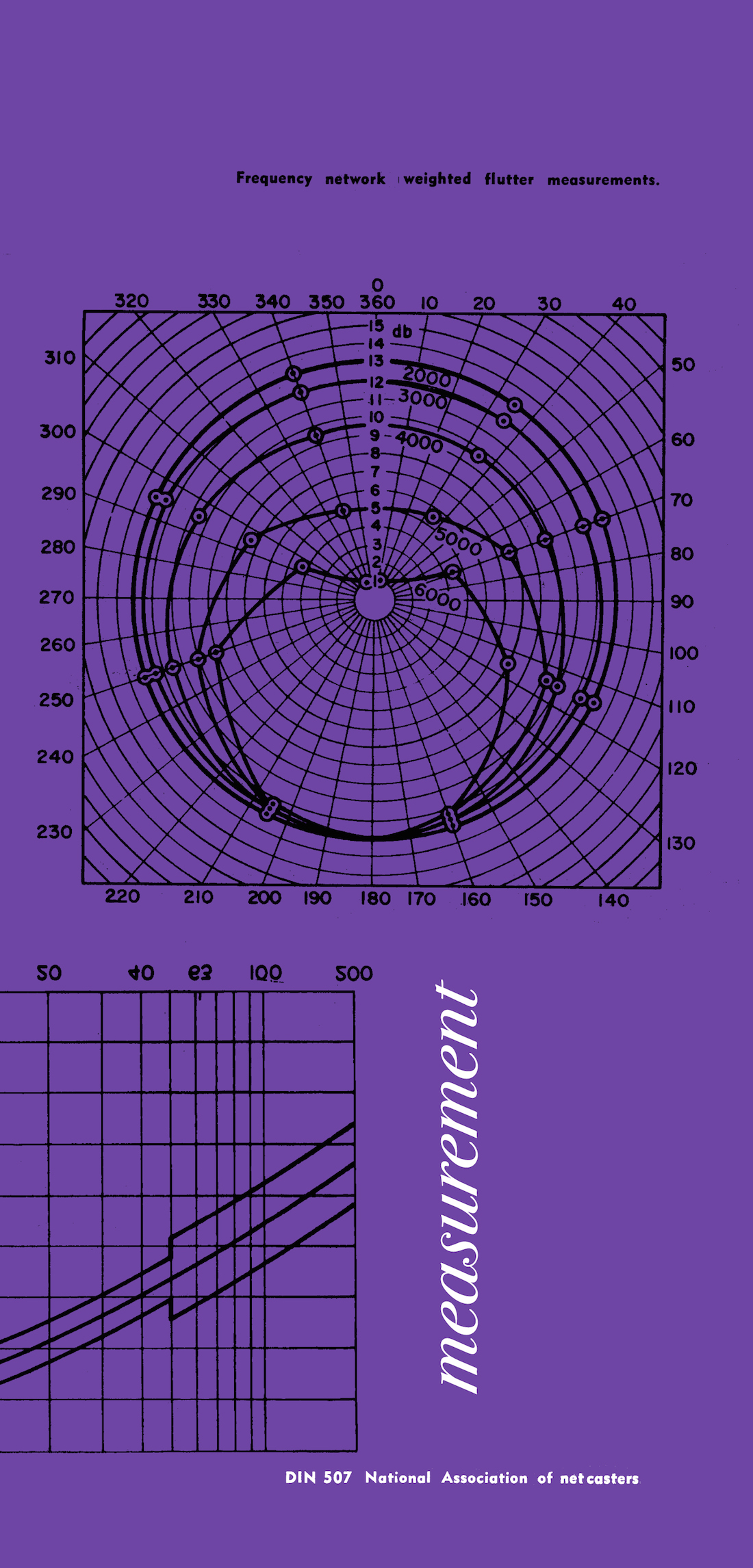Reviewing the Roland VT-3 Voice Transformer [Tape Op #105], an effects unit that includes simple vocoder-like presets, really had me yearning for a device that could do true carrier/modulator vocoding. My earliest exposure to a vocoder was when my buddy Ray Elzey brought his Moog Vocoder into the studio, and we used it to modulate white noise into weird monster vocals and percussive sounds. I realized then that the vocoder could do a lot more than make synth or robot-like vocal sounds.
A traditional analog vocoder, like the Moog, has two audio inputs and one audio output, a distinct difference from some of today's more modern digital "vocoders" like the VT-3, which has a single input to digitally emulate the Kraftwerk and Daft Punk vocal sounds. The first input on a "real" vocoder is usually called the voice or modulator input, while the second is the carrier input. Inside the vocoder are two main sections — the analyzer and the synthesizer. The analyzer employs a bank of band-pass filters to split the modulator signal into multiple audio bands (16 in the Moog Vocoder), and each band is fed into its own envelope detector that outputs a control voltage corresponding to the amplitude of the signal passing through it. The synthesizer section employs an identical bank of band-pass filters to split the carrier signal into multiple bands, and each band is fed into its own VCA (voltage-controlled amplifier). The control voltages from the analyzer are then used to control the VCAs in the synthesizer. The VCA outputs are then summed to create the vocoded sound. So, if your carrier input is a synthesizer playing chords and your modulator input is a vocal track, you will get the traditional Kraftwerk vocoder sound — a "singing synthesizer." But with different sounds into the two inputs, the possibilities are endless. Darth Vader's voice in Star Wars was created using a vocoder for instance. Or imagine a drum track as the modulator and a piano track as the carrier, and you have a super-percussive piano track that follows the spectral content of the drums, for instance.
In my search for a true vocoder, I looked at the Electro-Harmonix V256 pedal, a real carrier/modulator vocoder. But its DSP guts got me thinking I might as well buy a plug- in if I'm taking the digital route. Also, I was outbid on eBay for a vintage Roland VP-330, and everything I'd read about the VP-330 suggested that it would be hard to maintain. That's when I stumbled upon V+, which is XILS's emulation of the VP-330, and soon after, Vocoder 5000, a virtual instrument inspired by the legendary EMS device of the same name. Both of these plug-ins utilize the sidechain input for the carrier while the modulator is pulled from the main input.
V+ is the simpler of the two, faithfully emulating the Roland VP-330 while adding some nice versatile updates. The vocoder works great, much like the original, and it even includes the bucket-brigade delay-based "ensemble" effect that made the original so coveted. And like the VP-330, V+ has built-in oscillators that can substitute for the carrier input, and these synthesized sounds alone make this virtual instrument a worthwhile investment. The string sounds in particular are the best sounding '70s-style strings I've ever heard from a plug-in.
But if V+ is what initially got my attention, Vocoder 5000 is what really captivated my imagination. Vocoder 5000, like the analog 22-band EMS unit of the same name, has two built-in oscillators from the EMS VCS3 lineage. But the big difference between this and V+ - and most other vocoders — is the huge range of control over the vocoding process. If nothing else, Vocoder 5000 has a 22×22 pin matrix patchbay that lets you re-patch the filter matrix for some very versatile and interesting results.
I don't usually get that excited about plug-ins, but both of these virtual instruments from XILS Lab (Vocoder 5000 especially) have opened up a huge range of sonic doors that I would not have been able to even imagine, more less open. I highly recommend V+ and Vocoder 5000 to those who are looking to push their sonic palette into new dimensions.




_disp_horizontal_bw.jpg)